Food Waste in America in 2024:
Statistics + Facts
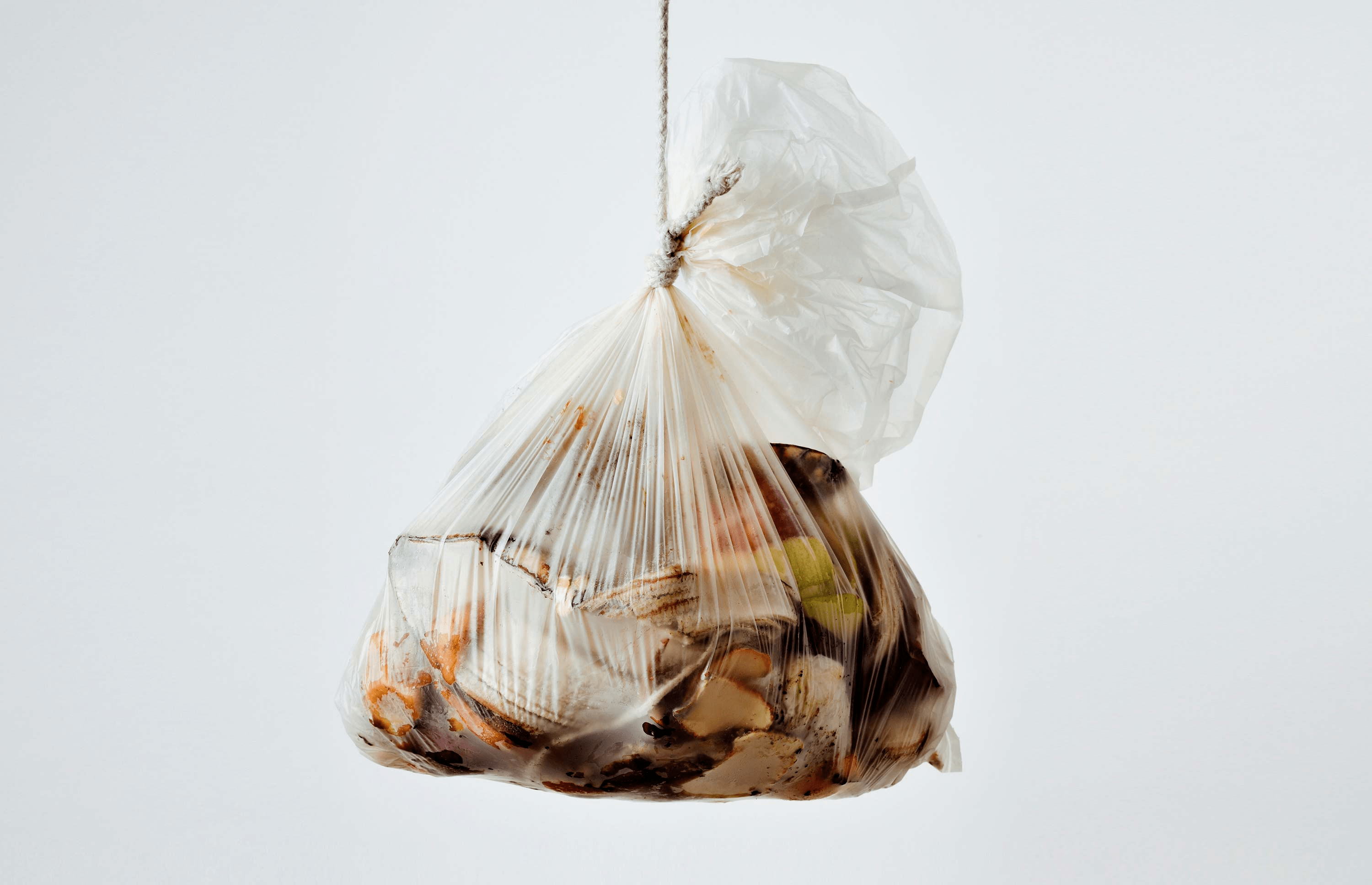
In this guide, you’ll learn:

In this guide, you’ll learn:
Just how much food do Americans waste? Here’s some “food” for thought: While the world wastes about 2.5 billion tons of food every year, the United States discards more food than any other country in the world: nearly 60 million tons — 120 billion pounds — every year. That’s estimated to be almost 40 percent of the entire US food supply, and equates to 325 pounds of waste per person. That’s like every person in America throwing 975 average sized apples right into the garbage — or rather right into landfills, as most discarded food ends up there. In fact, food is the single largest component taking up space inside US landfills, making up 22 percent of municipal solid waste (MSW). All told, the amount of food wasted in America has an approximate value of nearly $218 billion – the equivalent of 130 billion meals.
Americans waste about 60 million tons of food every year.
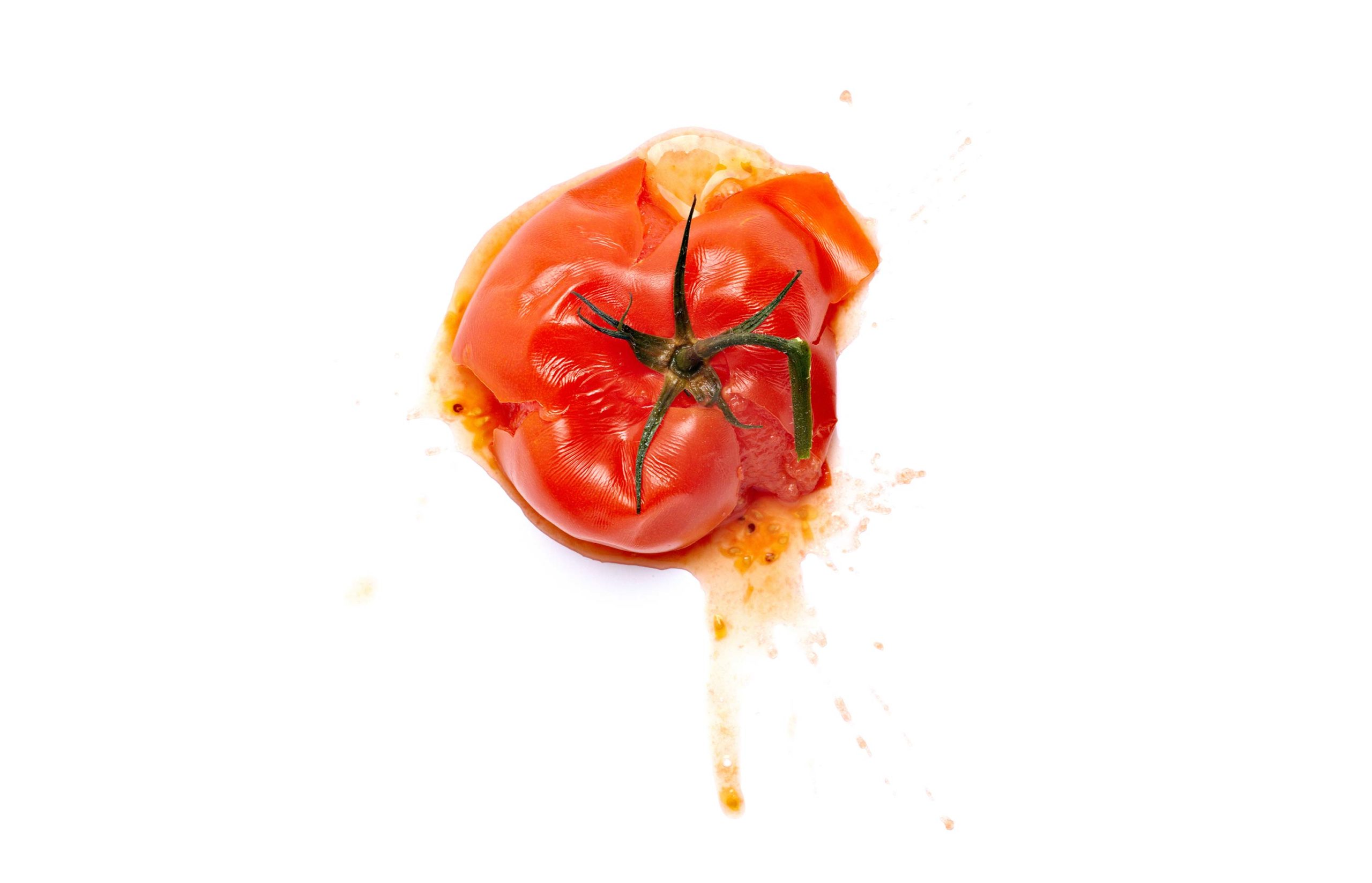
It is estimated that nearly 35 million people across America — including 10 million children — suffer from food insecurity. With so many people suffering and in need of basic amounts of food, why do Americans waste so much of their food abundance? Getting to the bottom of what causes food waste in America is a challenge that traverses the complex landscapes of socioeconomic disparities, confusion, and ingrained beliefs, layered with human behaviors and habits. Food spoilage, whether real or perceived, is one of the biggest reasons people throw out food. More than 80 percent of Americans discard perfectly good, consumable food simply because they misunderstand expiration labels. Labels like “sell by”, “use by”, “expires on”, “best before” or “best by” are confusing to people — and in an effort to not risk the potential of a foodborne illness, they’ll toss it in the garbage.
More than 80 percent of Americans discard perfectly good food because they misunderstand expiration labels.
 Compared to the rest of the world, food in the United States is plentiful and less costly, and often this contributes to a general sentiment of not appreciating or valuing it the way other communities around the globe do. Americans are often impulsive in their food purchases, unrealistically assessing how much food is required, and as a result buying more food than they need or buying food they won’t actually eat. Our take-out society doesn’t use food in its entirety the way our ancestors used to. We underutilize leftovers and toss food scraps that can still be consumed or composted. Composting isn’t part of our food-prep routine, so we continue to add fuel to the fire in increasing the sheer size of US landfills.
Compared to the rest of the world, food in the United States is plentiful and less costly, and often this contributes to a general sentiment of not appreciating or valuing it the way other communities around the globe do. Americans are often impulsive in their food purchases, unrealistically assessing how much food is required, and as a result buying more food than they need or buying food they won’t actually eat. Our take-out society doesn’t use food in its entirety the way our ancestors used to. We underutilize leftovers and toss food scraps that can still be consumed or composted. Composting isn’t part of our food-prep routine, so we continue to add fuel to the fire in increasing the sheer size of US landfills.
Americans discard more food than any other country, nearly 40 million tons — or 30-40 percent of the entire US food supply.

The good news is that several states across the country are taking action to curb food waste and gain food recovery. Legislators in California, Connecticut, Massachusetts, New York, Rhode Island, and Vermont have passed laws that restrict the amount of food waste going to landfills. Vermont’s “Universal Recycling Law” went into effect in July 2020, banning food scrap waste entirely. According to the Vermont Foodbank, as a result of the new law, food donations statewide have increased 40 percent. There is pending legislation in California, Colorado and Massachusetts that would establish programs to fund private-sector composting and organic collection programs. In addition, several states like Tennessee and Washington, and cities like Los Angeles and Madison, Wisconsin, have created food waste task forces to reduce waste, creating composting education and infrastructure and eliminating food waste from US landfills.
In 2019, the New York City Department of Sanitation expanded upon their organics separation rules, proposing that even more food-related businesses would be required to separate organic waste in an effort to keep nearly 100,000 tons of wasted food out of landfills each year.
The city and state efforts are trickling into US school systems too — both Maine and Rhode Island have introduced legislation to reduce the amount of food waste in schools. On a national level, the US Department of Agriculture (USDA) and the US Environmental Protection Agency (EPA) set a goal in 2015 to reduce food waste by half by 2030.
Nearly 35 million people across America live with food insecurity. 10 million of them are children.

While the food waste movement across America is gaining momentum, it needs to pick up speed to help tackle one of the globe’s most pressing problems: climate change. Wasting food has irreversible environmental consequences: it wastes the water and energy it took to produce it, and generates greenhouse gasses — 11 percent of the world’s emissions — like methane, carbon dioxide and chlorofluorocarbons, which contribute to global warming. Food that sits decaying in landfills also produces nitrogen pollution, which causes algae blooms and dead zones. According to the World Wildlife Federation, the production of wasted food in the United States is equivalent to the greenhouse emissions of 37 million cars. If Americans continue on the same path of food loss, the environmental impact could be disastrous.
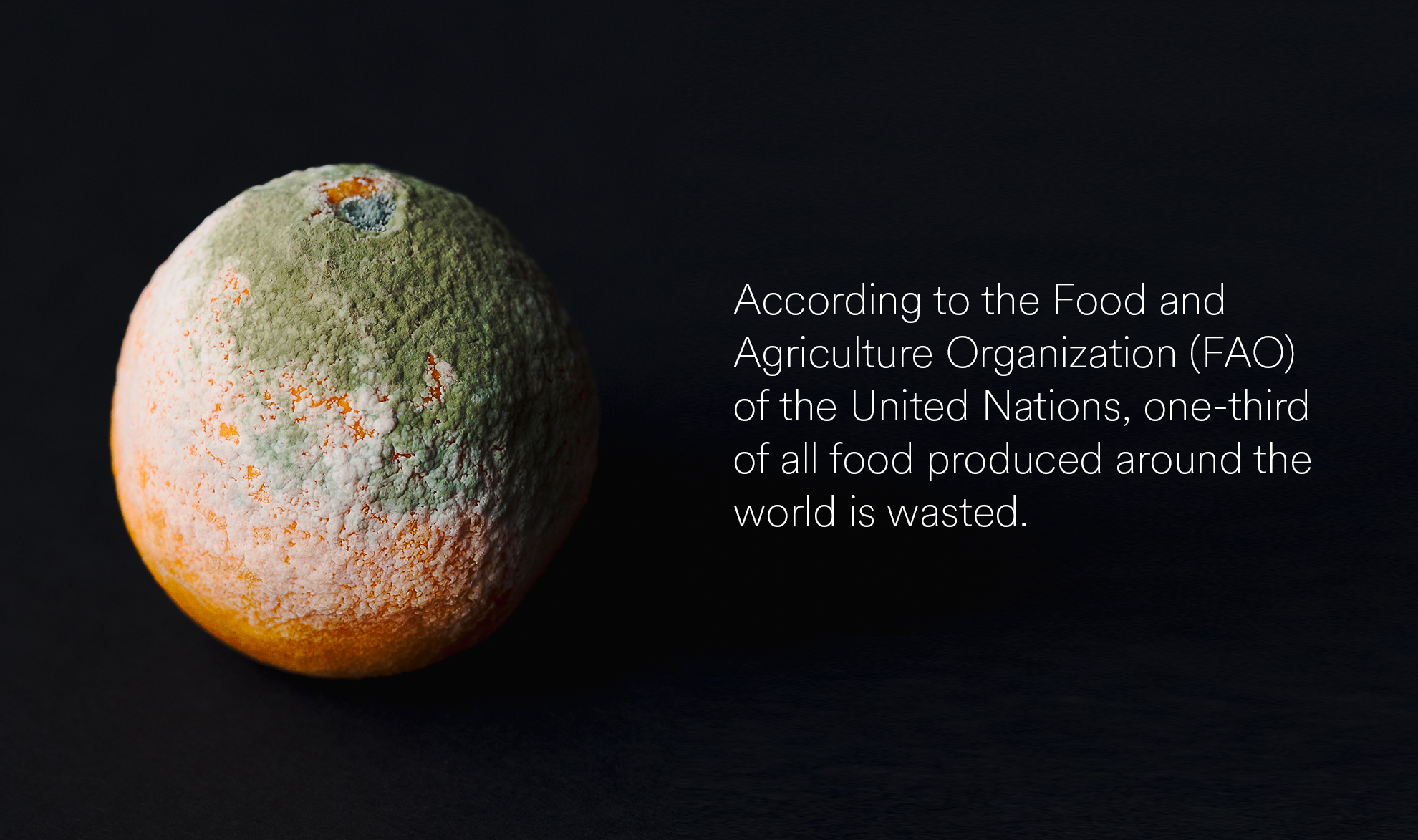
If reducing food insecurity and saving the planet aren’t enough to inspire action to reduce food waste, perhaps one more good reason will: money. According to the nonprofit organization Feeding America, Americans waste more than $408 billion each year on food, with dairy products being the food item we toss out the most. The average American family of four throws out $1,600 a year in produce. Multiply that by the typical 18 years that a child lives at home and you could easily pay for a year’s worth of tuition at any number of America’s private colleges or universities.
Wasting food contributes to 11 percent of the world’s greenhouse gas emissions.
Solving the increasingly growing problem of food waste calls for upstream solutions that dig deep into the root of the problem. The root is complex and multifaceted, with waste coming first from America’s homes (43 percent) and restaurants, grocery stores and food service companies (40 percent), where people throw out food, followed by farms (16 percent) and manufacturers (2 percent), where too much food is produced.
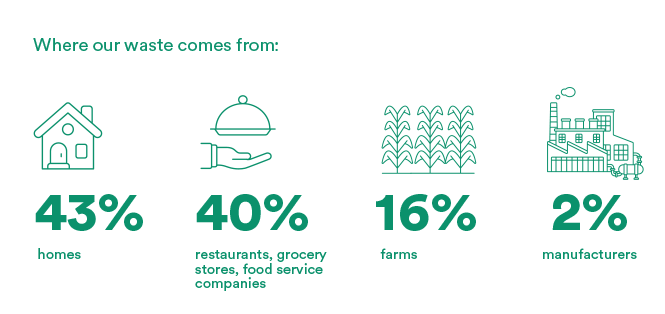
So how do we tackle food waste in America? The challenge isn’t to produce less food, but to waste less in the process. Here’s how we can start:
The Grocery Manufacturers Association, the Food Marketing Institute, and Harvard University have combined efforts to streamline expiration labels about the quality and safety of food. Two phrases simplify how you can tell what’s still good to consume: 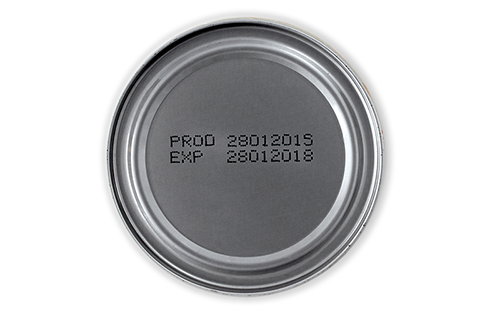 BEST IF USED BY describes quality “where the product may not taste or perform as expected but is safe to consume”;
BEST IF USED BY describes quality “where the product may not taste or perform as expected but is safe to consume”;
USE BY applies to “the few products that are highly perishable and/or have food safety concern over time.”14
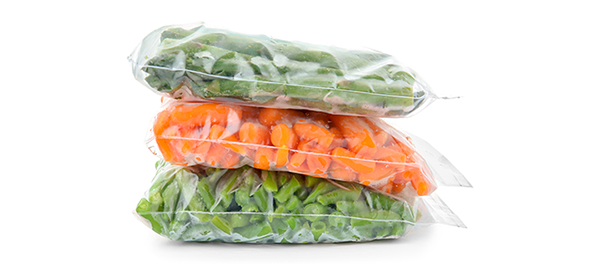 Freeze food that can’t be eaten immediately, but could be consumed at a later date.
Freeze food that can’t be eaten immediately, but could be consumed at a later date.Donate food to food pantries or deliver leftovers to people who may need it. Plan meals and make deliberate grocery store shopping lists. Fruits and veggies with blemishes and flaws still taste the same and are typically a fraction of the cost. In addition to saving food, you’ll save money in the long run. Embrace imperfect produce.
Fruits and veggies with blemishes and flaws still taste the same and are typically a fraction of the cost. In addition to saving food, you’ll save money in the long run. Embrace imperfect produce.
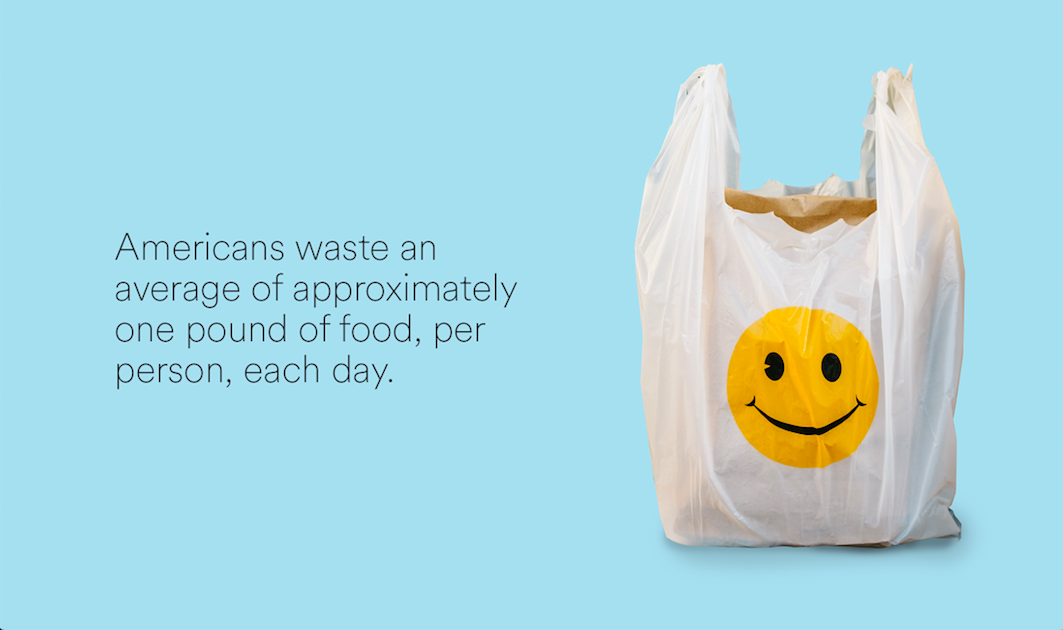
According to the Bureau of Labor Statistics, the average American household spends more than $3,000 a year on eating out. This not only requires an astonishing amount of plastic packaging and utensils, but it also produces a lot of wasted food. The restaurant industry spends an estimated $162 billion every year in costs related to wasted food. Pioneers in the recycling industry are making great strides, but there is still more we can do to make progress.

Recognize that portion sizes differ and order only what you know will be eaten. If you end up with leftover food – and this happens often with today’s enormous American food portions – take it home to share with someone else or to enjoy for another meal the next day.
If you really want to be environmentally conscientious, bring your own containers to take home leftover food. You’ll be doing your part in reducing the 150 million tons of single-use plastic that we use – and discard – every year.
It prompts people to take out more food than they can possibly eat, and that food almost always gets mindlessly thrown out after piling a plate full.
Some countries around the world are ahead of America when it comes to managing food waste. France, for example, requires restaurants to donate food that is at risk of being thrown out, but is still safe to eat. Cities in Sweden use food waste to create fuel to power public bus transit. In Denmark, you can use an app to find restaurants and bakeries that are about to close and purchase their remaining food at a fraction of the cost.

When it comes to food waste, households and restaurants aren’t the only contributors; commercial businesses also add to the growing problem.
Fortunately, there are many businesses that are taking notice. Companies are innovating new ways to use food waste as ingredients for other products, setting up food donation plans, or implementing commercial composting programs.
The Real Dill, a Denver-based pickle company, created a Bloody Mary mix out of the cucumber water used in making their popular pickles. Today, the mix is more well-known than the pickles – and the company has an even smaller environmental footprint. Similarly, Wtrmln Wtr is a company that takes watermelons that would normally be thrown out – and eventually end up in landfill – and creates a juice out of the melons. Companies aren’t just creating food and beverage products – some are taking businesses’ food waste and turning it into new products, like Ambrosia who is turning organic waste into a cleaning spray called Veles.
Companies are innovating new ways to use food waste as ingredients for other products, setting up food donation plans, or implementing commercial composting programs.
Transforming food that would otherwise be wasted into an upcycled product is just one way in which commercial businesses can reduce food waste and contribute to a circular economy. There are opportunities for commercial businesses to donate unused food like Sodexo has – donating all uneaten food to local communities in need. These are all programs that support the US Environmental Protection Agency’s (EPA) Food Recovery Challenge (FRC), which asks organizations and businesses to “pledge to improve their sustainable food management practices and report their results.” Finally, companies can also work with their hauler partner to set up programs to make sure their organics are composted rather than sent to landfill.
Similar to how we can prevent food waste at home, it’s about making sure too much food isn’t purchased, redirection (or donation) of unused food that would otherwise be wasted, and, setting up composting programs for food scraps that would end up in landfill.

Approximately 30-40 percent of food that farmers around the world produce is never consumed.
Between 21 and 33 percent of water used across US farms is wasted.
Food loss at the farm level depends on many uncontrollable variables, including the type and quality of crop, market price and consumer demand.
If there’s no market for a particular crop, it’s better for the environment for farms to plow the crops back into the earth and take a loss before harvesting and packing up food to enter the supply chain. If the crop goes back into the earth, it will help produce better soil for future harvests, but if the food isn’t consumed, it will most often end up in a landfill releasing greenhouse gases.
Human error, including lack of standard operating procedures and poor training, is the main cause of food waste at the manufacturing level, accounting for more than 10 percent of food waste.
Food that is associated with a food allergy, such as peanuts or gluten, is often wasted due to manufacturing lines that need to be run several times to produce an allergen-free product.
New product development creates food waste due to the production processes that manufacturers must go through to coordinate correct volumes and product quality.
About 30 percent of food in American grocery stores is thrown away. US retail stores generate about 16 billion pounds of food waste every year. Wasted food from the retail sector is valued at about twice the amount of profit from food sales.
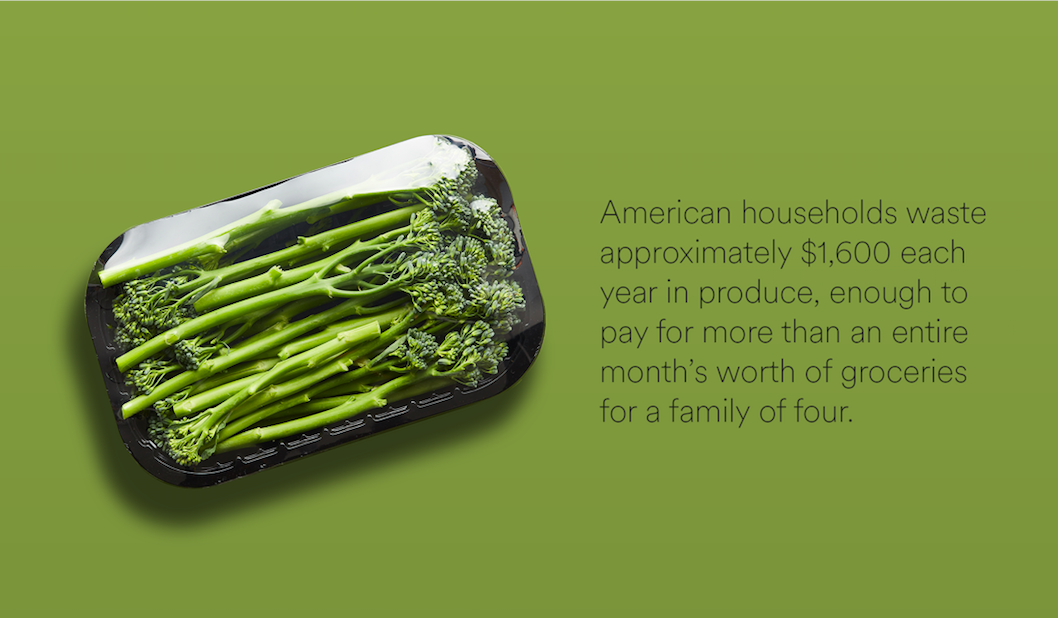
There are many ways to reduce food waste in the United States and around the world — and thanks to the Food Recovery Hierarchy developed by the US Environmental Protection Agency (EPA), we have a tiered system that prioritizes prevention and then diversion of wasted food. Created as an inverted pyramid, the top levels of the Hierarchy are most favorable, trickling down to the last stage of waste sent to landfills. Here’s how the Hierarchy flows:
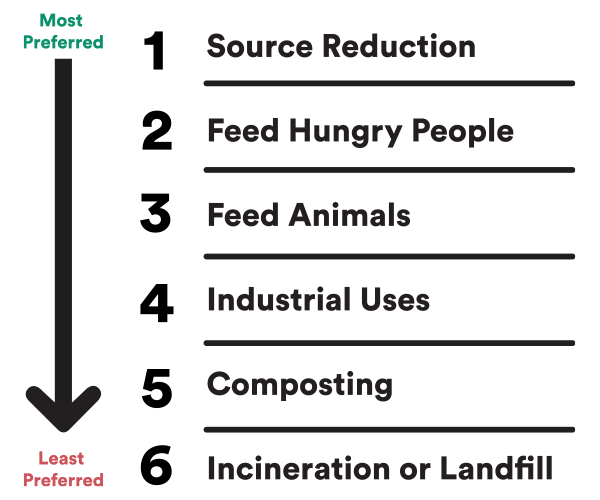
This goes back to the simple lesson of “only take what you need.” If we buy and create less food, we’ll throw less out. This is about simply reducing waste by not creating it in the first place.
Much of the food we throw out is perfectly edible. With 50 million people expected to suffer from food insecurity in 2022 alone, this is unacceptable. Food banks and shelters across the country would welcome the food that many Americans throw away.
Humans aren’t the only ones who need to be fed — our animals need sustenance too. Those food scraps we toss after dinner each night — that will surely end up in a landfill — can be saved for feeding farm animals, diverting more food waste from needlessly being thrown out.
Did you know that some of the food you toss can be used to create biofuel and bio-products that could power your car? The earth has provided alternative energy in the form of sun and wind. Why shouldn’t our food be yet another way to source power?
Near the bottom of the Food Waste Recovery Hierarchy is something every single person is capable of doing: composting their food waste. Composting not only prevents your food waste from entering a landfill (and creating even more greenhouse gases), but also improves soil and water quality that in turn, help future crops grow.
This is the bottom of the Food Waste Hierarchy — and the last, final resort to the waste that we produce. Avoiding this tier starts with each and every one of us, by preventing waste at the top of the tier — right where it’s sourced and where we can make different decisions about how much we take, buy and create.
Statistics + Facts
Food waste has a vast impact on our environment, society, and economy.
Here are some fast facts to show the breadth of the impact:
Globally, if food waste could be represented as its own country, it would be the third largest greenhouse gas emitter, behind China and the United States.
Learn More.
One-third of all food produced in the world – approximately 1.3 billion tonnes – is lost or wasted every year.
Learn More.
The resources needed to produce the food that becomes lost or wasted has a carbon footprint of about 3.3 billion tons of CO2. Not included is the GHG emissions from land use change.
Learn More.
Produced but uneaten food occupies almost 1.4 billion hectares of land – roughly 30% of the world’s agricultural land area.
Learn More.
According to FAO, the direct economic cost of food loss and food waste (aka food wastage) of agricultural products (excluding fish and seafood), based on producer prices only, is about 750 billion USD dollars.
Learn More.
To meet demand of increasing world population, food production will need to be 60 percent higher than in 2005 by 2050 (Alexandratos & Bruinsma 2012).
Learn More.
In the United States, food waste is estimated at between 30-40 percent of the food supply.
Learn More.
About two-thirds of food waste at home is due to food not being used before it goes bad.
Learn More.
The EPA estimates that in 2018, 2.6 million tons of food was composted. That’s only 4.1% of wasted food.The EPA estimates that in 2018, 2.6 million tons of food was composted. That’s only 4.1% of wasted food.
Learn More.
The annual value of food wasted globally is $1 trillion.
Learn More.
All the world’s nearly one billion hungry people could be fed on less than a quarter of the food that is wasted in the US, UK and Europe.
Learn More.
Reducing food waste is the #1 solution to the climate crisis, according to Project DrawDown – coming above electric cars, solar power and plant-based diets.
Learn More.
The water used to produce the food wasted could be used by 9 billion people at around 200 litres per person per day.
Learn More.
By 2050, the world population will hit 9 billion people. By then, food production must be increased by 70% from today’s levels to meet this demand.
Learn More.
In the US, organic waste is the largest source of methane emissions.
Learn More.
25% of the world’s fresh water supply is used to grow food that is never eaten.
Learn More.
Because of quality standards that rely too much on appearance, crops are sometimes left unharvested and rot.
Learn More.
Eliminating global food waste would save 4.4 million tonnes of C02 a year, the equivalent of taking one in four cars off the road.
Learn More.
Throwing away one burger wastes the same amount of water as a 90-minute shower.
Learn More.
Agricultural production is responsible for at 33%, the greatest amount of total food wastage volumes. Upstream wastage volumes, including production, post-harvest handling and storage, represent 54% of total wastage,
while downstream wastage volumes, including processing, distribution and consumption, is 46%. Thus, on average, food wastage is balanced between the upstream and downstream of the supply chain.
Learn More.
Sources: